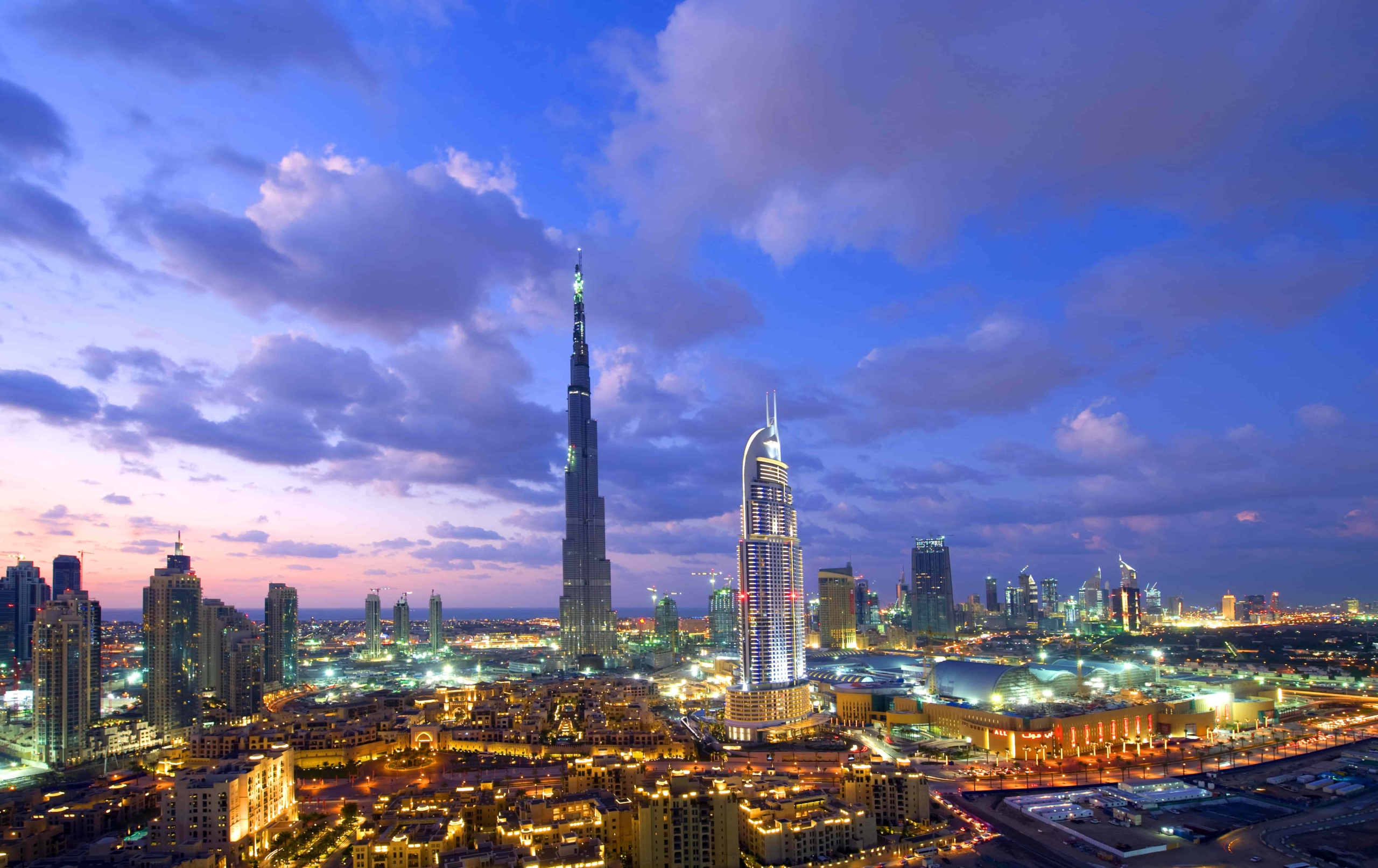The Architectural Marvel of Burj Khalifa’s Y-Shape

In the heart of Dubai stands the Burj Khalifa, a superstructure that pierces the sky as the tallest building in the world. It’s not just its height that captivates attention but also its distinctive Y-shaped design. This design isn’t merely a stylistic choice; it plays a crucial role in the building’s structural integrity and functionality.
Burj Khalifa
The Burj Khalifa, a marvel of modern engineering and architecture, stands as a towering testament to human ingenuity and ambition. Located in Dubai, United Arab Emirates, it reigns as the world’s tallest building, soaring to a staggering height of 828 meters (2,717 feet). omprising 163 floors, the Burj Khalifa houses a mix of residential spaces, corporate offices, the Armani Hotel, and observation decks that offer panoramic views of the city.
The Burj Khalifa is not just a skyscraper; it’s an integrated part of the surrounding community. It anchors a large-scale mixed-use development known as Downtown Dubai, which includes the world’s largest shopping mall, The Dubai Mall, and the Dubai Fountain, a captivating water and light spectacle. The tower’s construction was an international collaboration, drawing talent and resources from around the globe, and it utilized advanced construction techniques to withstand Dubai’s hot climate and high winds.
Structural Stability and Wind Resistance
The Y-shape of the Burj Khalifa in Dubai is specifically designed to support its immense height and manage wind forces, and since its record-breaking height, it faces increased lateral loads due to wind forces. This shape, inspired by the Hymenocallis desert flower, features a central core and three “petals” extending outward. Each petal helps to evenly redistribute wind loads, reducing wind vortices that typically affect tall buildings. This innovative design minimizes building sway, contributing to the Burj Khalifa’s remarkable stability despite its towering height.
Maximization of Space and Views
The Y-shape also maximizes the real estate value. By expanding the footprint in this manner, more space is available for rooms and offices with outward-facing views. This design ensures that the majority of interior spaces within the Burj Khalifa have a direct line of sight to the outside world, offering panoramic views of the Dubai skyline and beyond. It also means that natural light can penetrate deeper within the building, reducing the need for artificial lighting and enhancing the sustainability aspects of the tower.
Cultural and Aesthetic Significance
Architecturally, the Y-shape offers a visually appealing and iconic profile that sets the Burj Khalifa apart from other skyscrapers. It reflects the region’s cultural preference for patterns and geometry commonly found in Islamic architecture. The shape also has a symbolic reference to the regional flora, linking the structure to its cultural and geographical context.
In Conclusion
The Y-shape of the Burj Khalifa is more than just an architectural feat; it’s a carefully thought-out design that addresses the challenges of constructing super-tall structures. It combines aesthetics with functionality, bringing together cultural elements and cutting-edge engineering. This design has not only contributed to the building’s iconic status but has also paved the way for future architectural innovations in skyscraper construction. The Burj Khalifa is not only a marvel of the modern world for its staggering height but also for its intelligent design, which allows it to stand as a testament to human ingenuity.

